While most e-readers can display special characters (such as and ), many cannot search for words containing them unless the special characters themselves are typed into the search box. If you are unable to type these characters, please browse for your term using the .
OXFORD QUICK REFERENCE
The Concise Oxford Dictionary of
Mathematics
Richard Earl is Director of Undergraduate Studies in the Mathematical Institute, Oxford University, and Senior Mathematics Tutor at Worcester College, Oxford. He has taught a range of pure and applied mathematics at undergraduate and graduate level, specializing in algebra, geometry and topology, as well as presenting various mathematics to secondary school students at masterclasses and summer schools. He is the author of
Towards Higher Mathematics: A Companion (CUP, 2017), and
Topology: A Very Short Introduction (OUP, 2019). James Nicholson has a mathematics degree from Cambridge, and taught at Harrow School for twelve years before becoming Head of Mathematics at Belfast Royal Academy in 1990.
From 2003 he has worked mostly with the School of Education at Durham University and as an education consultant for a variety of organizations. He is the author of four A-level Statistics texts, two GCSE Mathematics revision guides, and he is a contributing author for a number of other mathematics textbooks.  For recommended web links for this title, visit www.oxfordreference.com/page/math when you see this sign.
For recommended web links for this title, visit www.oxfordreference.com/page/math when you see this sign. 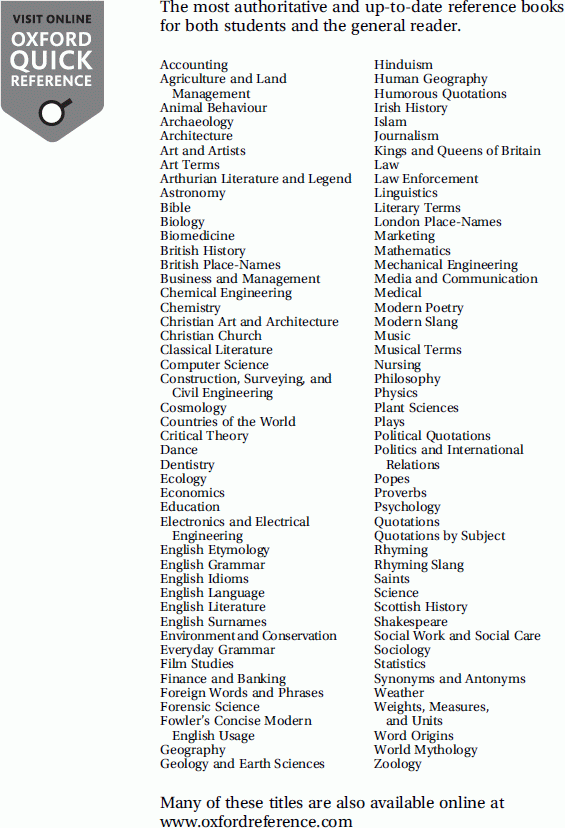
 Great Clarendon Street, Oxford, OX2 6DP, United Kingdom Oxford University Press is a department of the University of Oxford. It furthers the Universitys objective of excellence in research, scholarship, and education by publishing worldwide. Oxford is a registered trade mark of Oxford University Press in the UK and in certain other countries Christopher Clapham 1990, 1996 Christopher Clapham and James Nicholson 2005, 2009, 2014 Richard Earl and James Nicholson 2021 The moral rights of the authors have been asserted Database right Oxford University Press (maker) First edition 1990 Second edition 1996 Third edition 2005 Fourth edition 2009 Fifth edition 2014 Sixth edition 2021 Impression: 1 All rights reserved.
Great Clarendon Street, Oxford, OX2 6DP, United Kingdom Oxford University Press is a department of the University of Oxford. It furthers the Universitys objective of excellence in research, scholarship, and education by publishing worldwide. Oxford is a registered trade mark of Oxford University Press in the UK and in certain other countries Christopher Clapham 1990, 1996 Christopher Clapham and James Nicholson 2005, 2009, 2014 Richard Earl and James Nicholson 2021 The moral rights of the authors have been asserted Database right Oxford University Press (maker) First edition 1990 Second edition 1996 Third edition 2005 Fourth edition 2009 Fifth edition 2014 Sixth edition 2021 Impression: 1 All rights reserved.
No part of this publication may be reproduced, stored in a retrieval system, or transmitted, in any form or by any means, without the prior permission in writing of Oxford University Press, or as expressly permitted by law, by licence, or under terms agreed with the appropriate reprographics rights organization. Enquiries concerning reproduction outside the scope of the above should be sent to the Rights Department, Oxford University Press, at the address above You must not circulate this work in any other form and you must impose this same condition on any acquirer Published in the United States of America by Oxford University Press 198 Madison Avenue, New York, NY 10016, United States of America British Library Cataloguing in Publication Data Data available Library of Congress Control Number: 2021936612 ISBN 9780198845355 ebook ISBN 9780192584052 Printed and bound by
CPI Group (UK) Ltd, Croydon, CR0 4YY
Contents
C. R. J. Clapham (Editor of the First and Second Editions)
J. R.
Pulham
University of Aberdeen
C. Chatfield
R. Cheal
J. B. Gavin
University of Bath
D. P.
Thomas
University of Dundee
This dictionary is intended to be a reference book that gives reliable definitions or clear and precise explanations of mathematical terms. The level is such that it will suit, among others, sixth-form pupils, college students, and first-year university students who are taking mathematics as one of their courses. Such students will be able to look up any term they may meet and be led on to other entries by following up cross-references or by browsing more generally. The concepts and terminology of all those topics that feature in pure and applied mathematics and statistics courses at this level today are covered. There are also entries on mathematicians of the past and important mathematics of more general interest. Computing is not included.
The readers attention is drawn to the appendices which give useful tables for ready reference. Some entries give a straight definition in an opening phrase. Others give the definition in the form of a complete sentence, sometimes following an explanation of the context. An asterisk is used to indicate words with their own entry, to which cross-reference can be made if required. This edition is more than half as large again as the first edition. A significant change has been the inclusion of entries covering applied mathematics and statistics.
In these areas, I am very much indebted to the contributors, whose names are given on page iii . I am most grateful to these colleagues for their specialist advice and drafting work. They are not, however, to be held responsible for the final form of the entries on their subjects. There has also been a considerable increase in the number of short biographies, so that all the major names are included. Other additional entries have greatly increased the comprehensiveness of the dictionary. The text has benefited from the comments of colleagues who have read different parts of it.
Even though the names of all of them will not be given, I should like to acknowledge here their help and express my thanks. Christopher Clapham The formatting for cross-referencing has been changed since the second edition, and the above text has been modified to be consistent with the new format.
Preface to Third Edition
Since the second edition was published the content and emphasis of applied mathematics and statistics at sixth-form, college, and first-year university levels has changed considerably. This edition includes many more applied statistics entries as well as dealing comprehensively with the new decision and discrete mathematics courses and a large number of new biographies on 20th-century mathematicians. I am grateful to the Headmaster and Governors of Belfast Royal Academy for their support and encouragement to take on this task, and to Louise, Joanne, and Laura for transcribing my notes. James Nicholson
Preface to Fourth Edition
Since the third edition was published there has been a dramatic increase in both access to the Internet and the amount of information available.
The major change to this edition is the introduction of a substantial number of web links, many of which contain dynamic or interactive illustrations related to the definition. James Nicholson

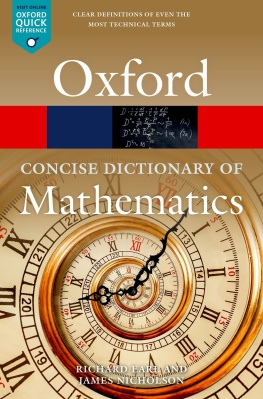
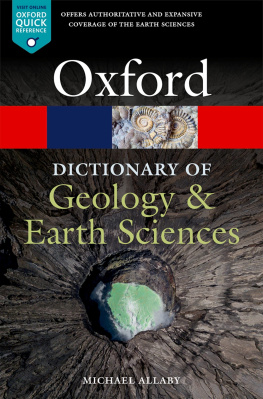
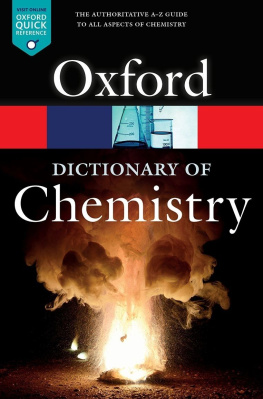
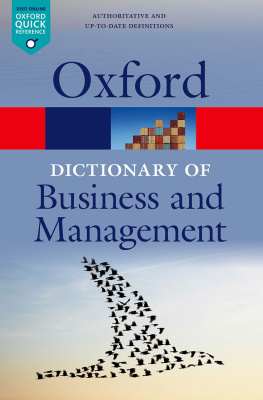
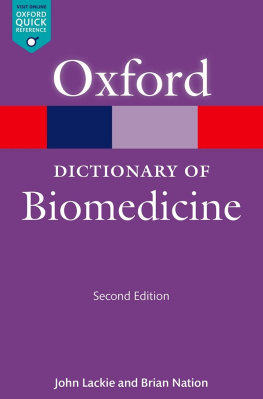

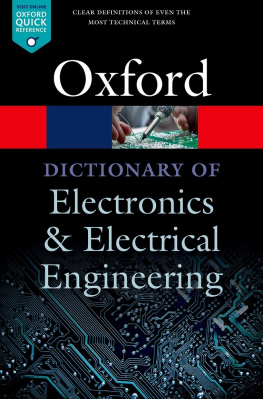

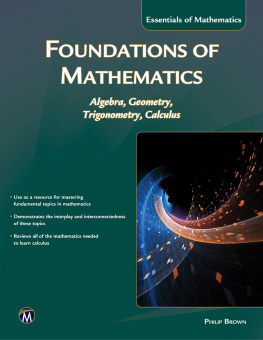
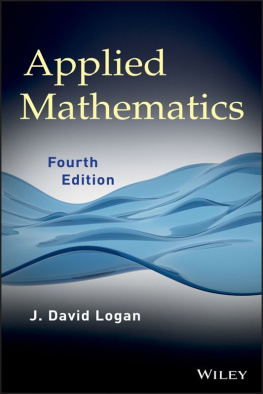
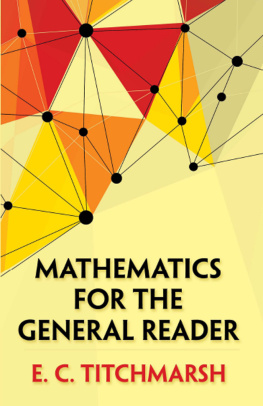

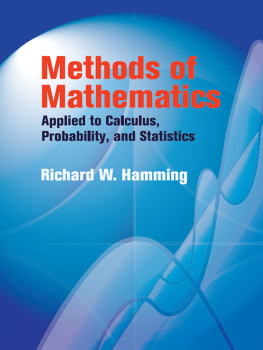

 For recommended web links for this title, visit www.oxfordreference.com/page/math when you see this sign.
For recommended web links for this title, visit www.oxfordreference.com/page/math when you see this sign. 
 Great Clarendon Street, Oxford, OX2 6DP, United Kingdom Oxford University Press is a department of the University of Oxford. It furthers the Universitys objective of excellence in research, scholarship, and education by publishing worldwide. Oxford is a registered trade mark of Oxford University Press in the UK and in certain other countries Christopher Clapham 1990, 1996 Christopher Clapham and James Nicholson 2005, 2009, 2014 Richard Earl and James Nicholson 2021 The moral rights of the authors have been asserted Database right Oxford University Press (maker) First edition 1990 Second edition 1996 Third edition 2005 Fourth edition 2009 Fifth edition 2014 Sixth edition 2021 Impression: 1 All rights reserved.
Great Clarendon Street, Oxford, OX2 6DP, United Kingdom Oxford University Press is a department of the University of Oxford. It furthers the Universitys objective of excellence in research, scholarship, and education by publishing worldwide. Oxford is a registered trade mark of Oxford University Press in the UK and in certain other countries Christopher Clapham 1990, 1996 Christopher Clapham and James Nicholson 2005, 2009, 2014 Richard Earl and James Nicholson 2021 The moral rights of the authors have been asserted Database right Oxford University Press (maker) First edition 1990 Second edition 1996 Third edition 2005 Fourth edition 2009 Fifth edition 2014 Sixth edition 2021 Impression: 1 All rights reserved.